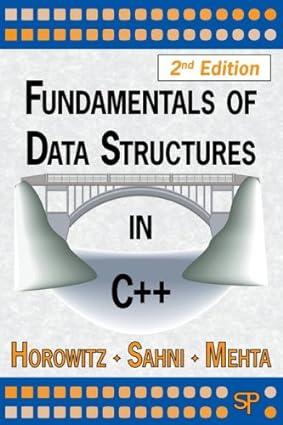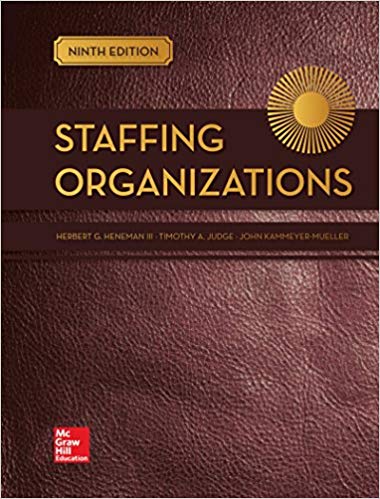Go back


Models For Dynamic Macroeconomics(1st Edition)
Authors:
Fabio-Cesare Bagliano ,Giuseppe Bertola

Cover Type:Hardcover
Condition:Used
In Stock
Shipment time
Expected shipping within 2 DaysPopular items with books
Access to 30 Million+ solutions
Free ✝
Ask 50 Questions from expert
AI-Powered Answers
✝ 7 days-trial
Total Price:
$0
List Price: $39.99
Savings: $39.99(100%)
Solution Manual Includes
Access to 30 Million+ solutions
Ask 50 Questions from expert
AI-Powered Answers
24/7 Tutor Help
Detailed solutions for Models For Dynamic Macroeconomics
Price:
$9.99
/month
Book details
ISBN: 0199228329, 978-0199228324
Book publisher: Oxford University Press (January 1, 2007)
Get your hands on the best-selling book Models For Dynamic Macroeconomics 1st Edition for free. Feed your curiosity and let your imagination soar with the best stories coming out to you without hefty price tags. Browse SolutionInn to discover a treasure trove of fiction and non-fiction books where every page leads the reader to an undiscovered world. Start your literary adventure right away and also enjoy free shipping of these complimentary books to your door.
Book Summary: Models for Dynamic Microeconomics provides the advanced student with key methodological tools for the dynamic analysis of a core selection of macroeconomic phenomena, including consumption and investment choices, employment and unemployment outcomes, and economic growth. The technical treatment of these tools will enable the student to handle current journal literature, while not assuming any particular familiarity with advanced analytical tools or mathematical notions. As these tools are introduced, they are related to particular applications to illustrate their use. Chapters are linked by various formal and substantive threads. Discrete-time optimization under uncertainty, introduced in Chapter 1, is motivated and discussed by applications to consumption theory, with particular attention to empirical implementation. Chapter 2 focuses on continuous-time optimization techniques, and discusses the relevant insights in the context of partial-equilibrium investment models. Chapter 3 revisits many of the previous chapters' formal derivations with applications to dynamic labour demand, in comparison to optimal investment models, and characterizes labor market equilibrium when not only individual firms' labor demand, but also individual labor supply by workers, is subject to adjustment costs. Chapter 4 proposes broader applications of methods introduced in the previous chapters and studies continuous-time equilibrium dynamics of representative agent economies, featuring both consumption and investment choices, with applications to long-run growth frameworks of analysis. Chapter 5 illustrates the role of decentralized trading in determining aggregate equilibria, and characterizes aggregate labor market dynamics in the presence of frictional unemployment. Chapters 4 and 5 pay particular attention to strategic interactions and externalities: even when each agent correctly solves his or her individual dynamic problem, modern microfounded macroeconomic models recognize that macroeconomic equilibrium need not have unambiguously desirable properties. By bridging the gap between undergraduate economics and modern microfounded macroeconomic research, this book will be of interest to graduate students in economics, and as a technical reference for economic researchers.
Customers also bought these books
Frequently Bought Together
Top Reviews for Books
Request 64r7ytm
( 4 )
"Delivery was considerably fast, and the book I received was in a good condition."










